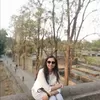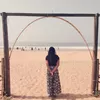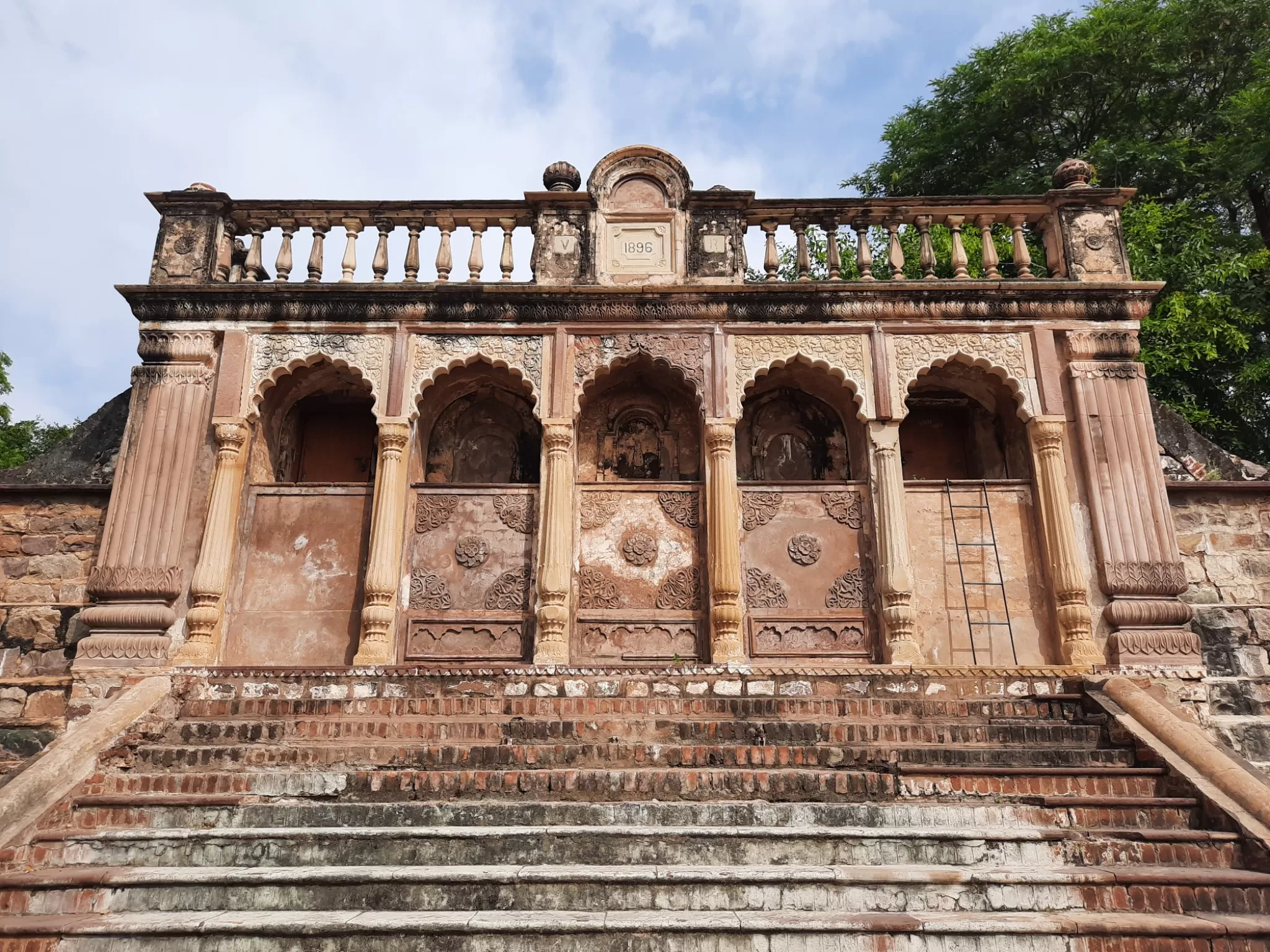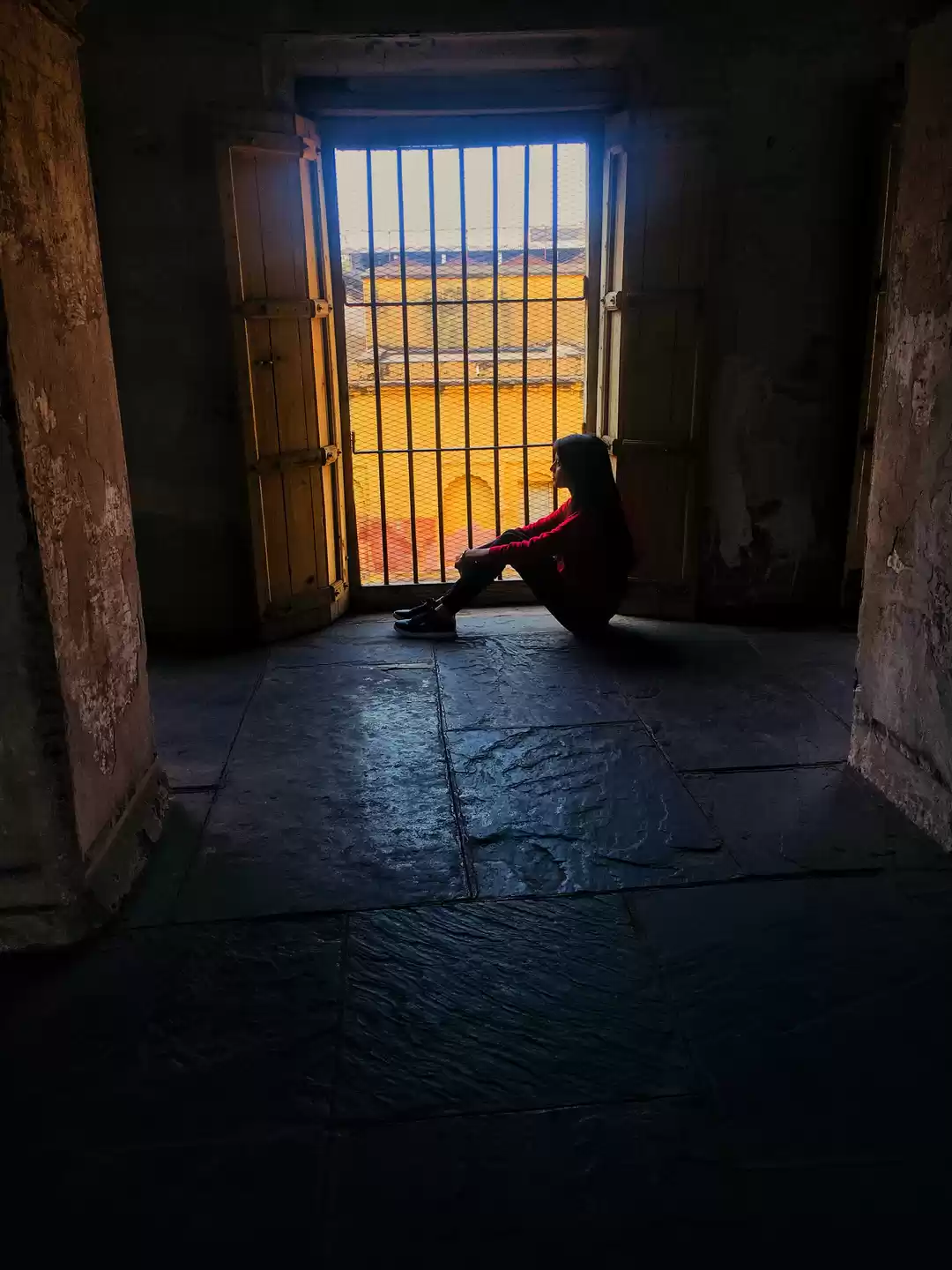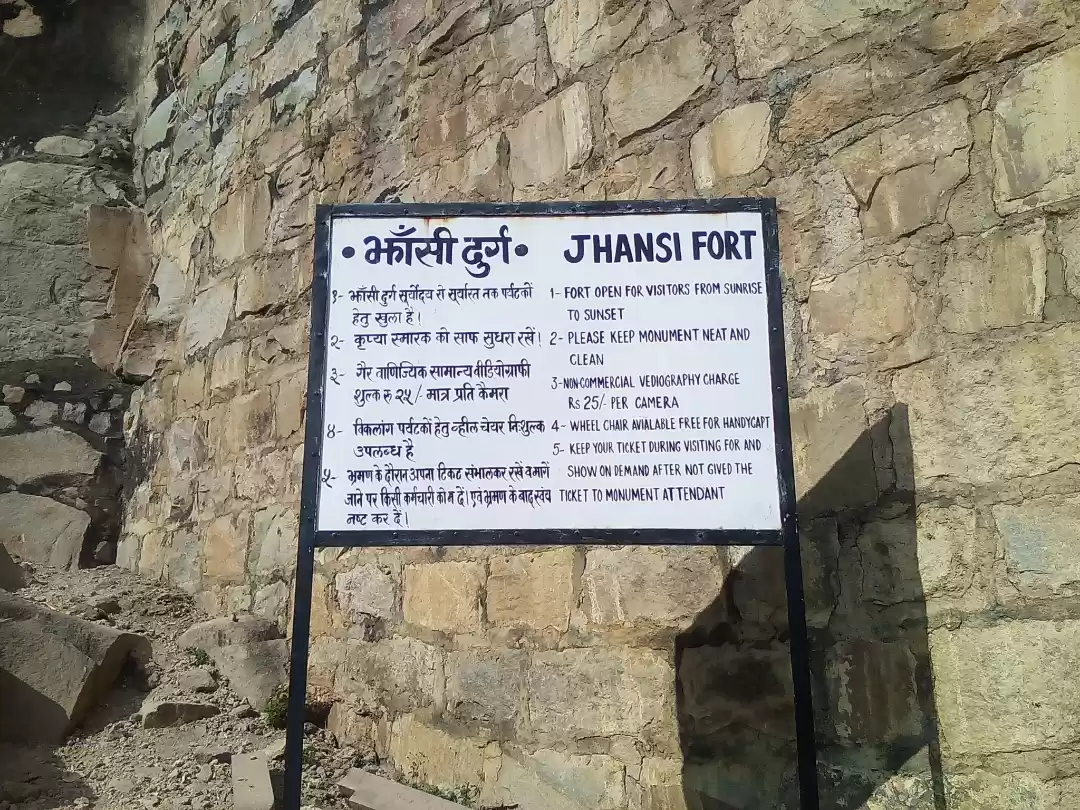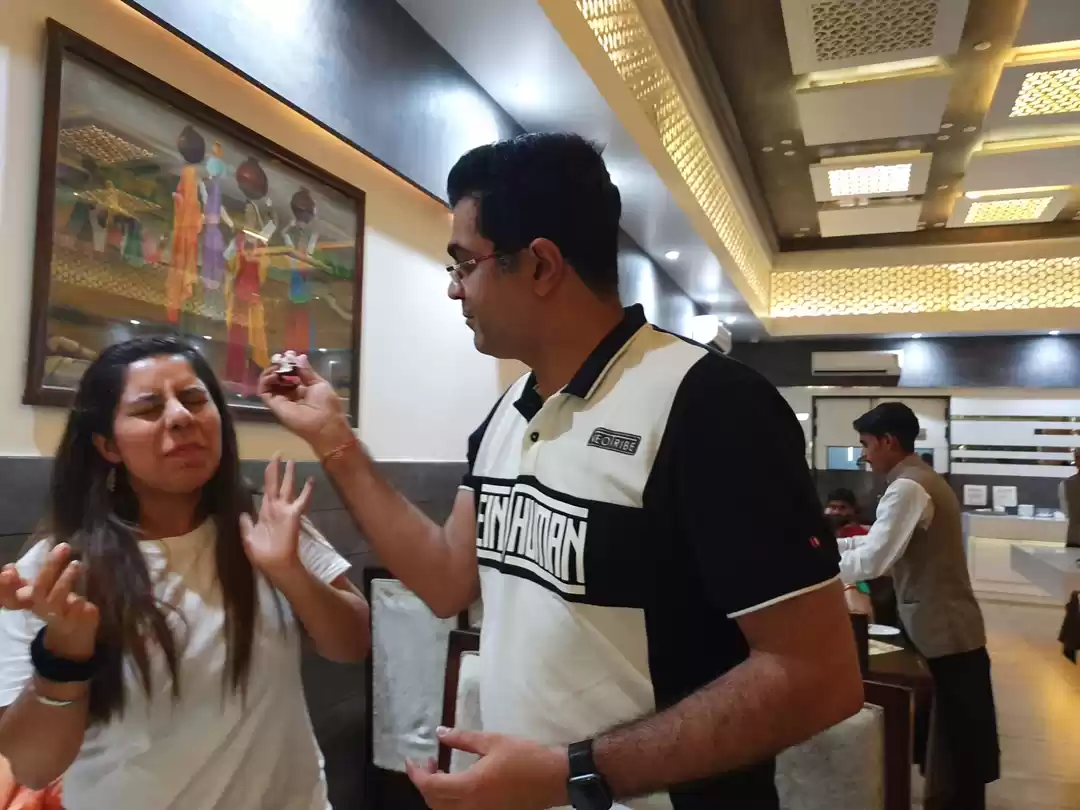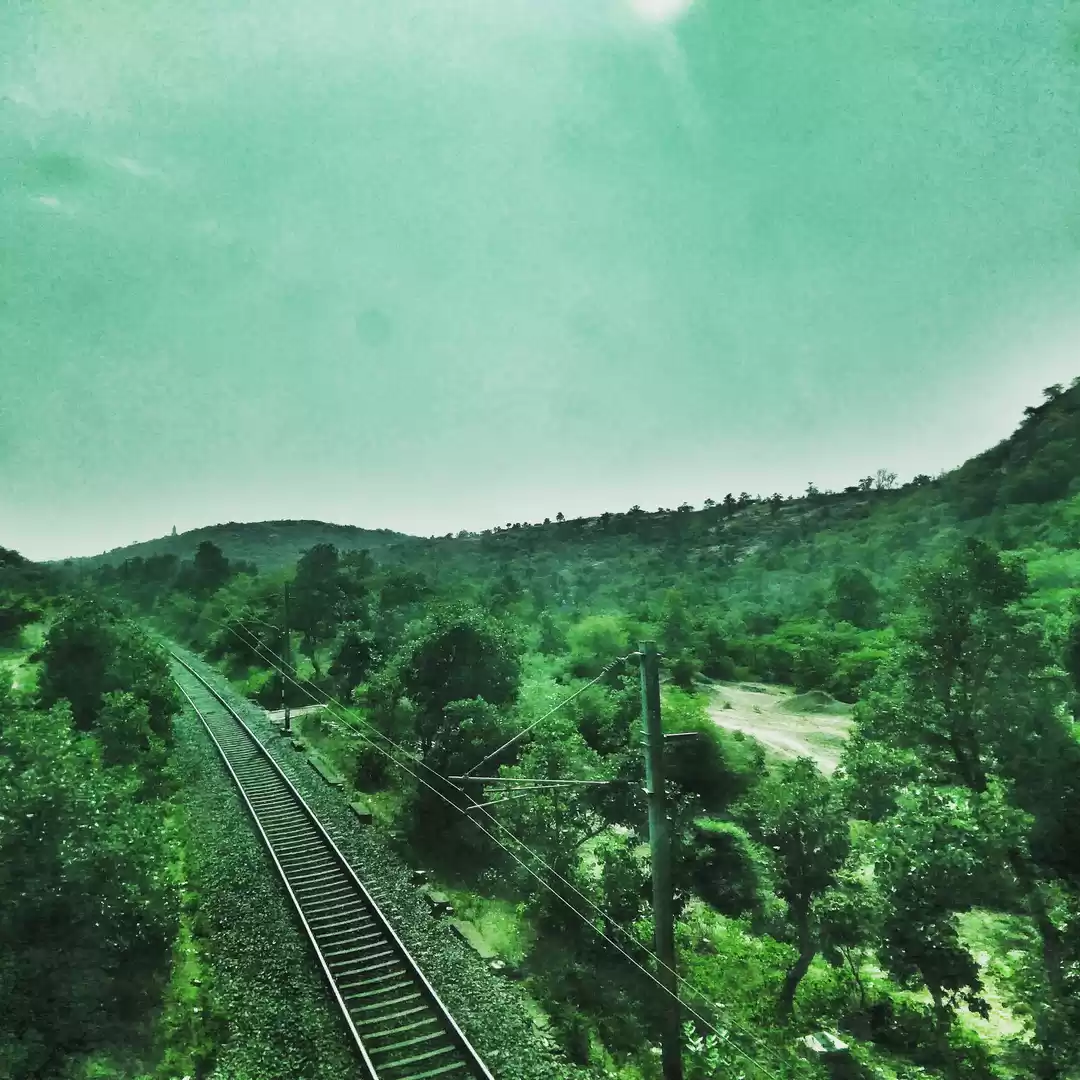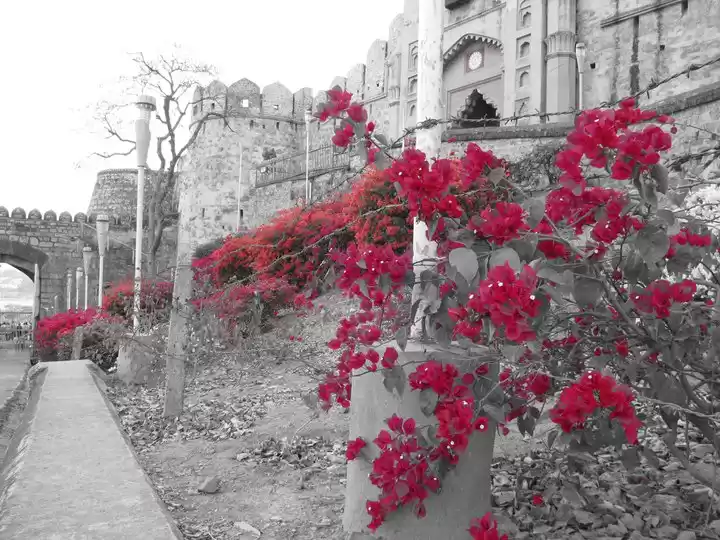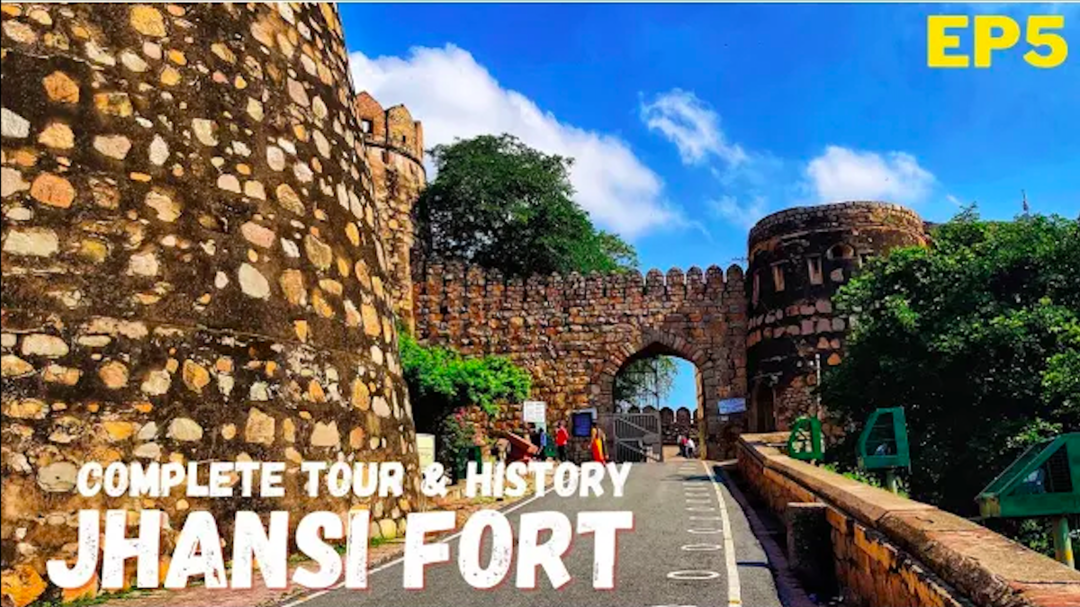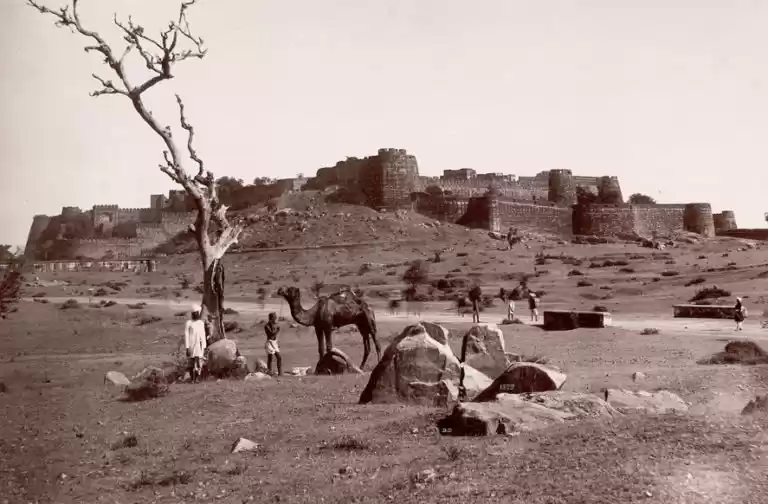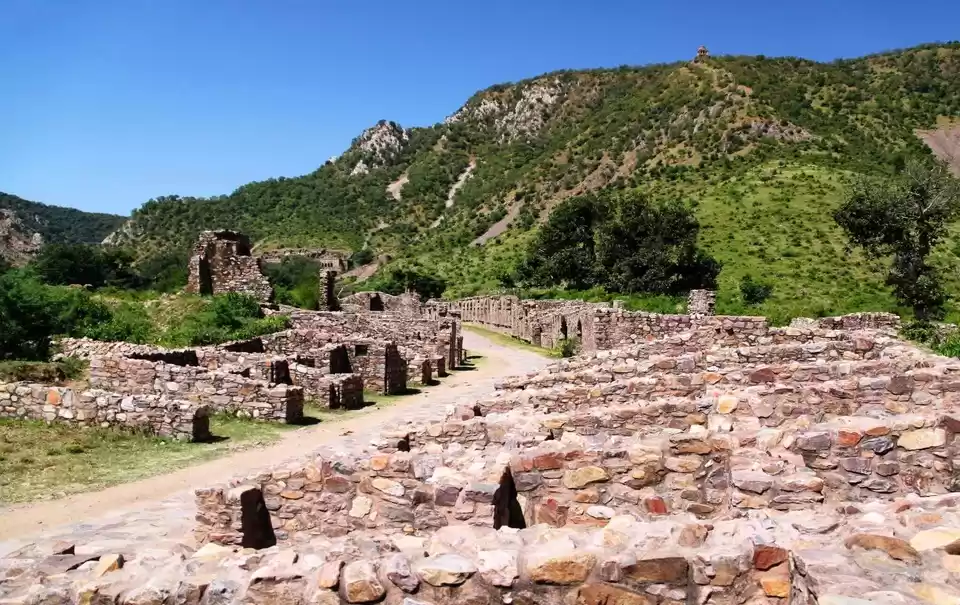Jhansi Fort is one of the most iconic and historic monuments in India, known for its association with the brave and valiant queen of Jhansi, Rani Laxmibai. The fort, which dates back to the 17th century, was the site of fierce battles and heroic deeds during the first war of independence in 1857. Today, the fort stands as a testimony to the courage and honour of Rani Laxmibai and her loyal followers, who fought against the British till their last breath.
In this article, we will explore the history, architecture, culture, and tourism aspects of Jhansi Fort, and discover why it is a must-visit destination for anyone interested in the glorious past and rich heritage of India.

History
Jhansi Fort was originally built by Raja Bir Singh Deo of Orchha in 1613, as a stronghold to protect his kingdom from the Mughals and other invaders. The fort was named after the nearby village of Jhainsi, which later became Jhansi. The fort passed through several rulers over the centuries, until it came under the control of the Marathas in 1729. In 1817, the British East India Company signed a treaty with the Maratha Peshwa, which gave them the right to intervene in the affairs of Jhansi. However, the people of Jhansi resisted the British interference and maintained their autonomy.
The most famous ruler of Jhansi was Rani Laxmibai, who ascended the throne in 1842, after the death of her husband, Raja Gangadhar Rao. She adopted a son, Damodar Rao, as her heir, but the British refused to recognise him and applied the doctrine of lapse, which allowed them to annex any princely state whose ruler died without a natural heir. Rani Laxmibai challenged the British annexation and appealed to the Governor-General of India, Lord Dalhousie, but her plea was rejected. She decided to defend her kingdom and prepared for war.
In 1857, the first war of independence broke out in India, as a result of the discontent and resentment of the Indian soldiers and civilians against the British rule. Rani Laxmibai joined the revolt and became one of the leaders of the rebellion. She mobilised her army and fortified the Jhansi Fort, which became the centre of resistance against the British. She faced several attacks from the British forces, led by Sir Hugh Rose, but she repulsed them with courage and skill. She also formed alliances with other rebel leaders, such as Tatya Tope and Nana Sahib, and expanded her territory.
However, in March 1858, the British launched a massive assault on Jhansi Fort, with a large army and heavy artillery. The siege lasted for two weeks, during which Rani Laxmibai and her soldiers fought valiantly, but were outnumbered and outgunned by the British. The British breached the walls of the fort and entered the city, where they committed atrocities and massacred the inhabitants. Rani Laxmibai, along with a few loyal followers, managed to escape from the fort through a secret passage, and reached the nearby town of Kalpi, where she regrouped with other rebels. She continued to fight against the British, until she was fatally wounded in the battle of Gwalior on June 17, 1858. She died as a martyr, and became a symbol of bravery and patriotism for the Indian people.
Architecture
Jhansi Fort is a magnificent and imposing structure, built on a rocky hill, overlooking the city of Jhansi. The fort covers an area of about 15 acres, and has a perimeter of about 2.5 km. The fort has 10 gates, named after various gods and goddesses, such as Khanderao Gate, Datia Darwaza, Unnao Gate, and Sagar Gate. The main gate of the fort is called Chand Gate, which has an inscription in Sanskrit, which reads: "Let not the enemy enter the fort, and let not the friend depart from it".
The fort has several monuments, temples, museum, garden, and cannon within its complex, which showcase the history and culture of Jhansi. Some of the notable attractions are:
Rani Mahal: This is the palace where Rani Laxmibai lived and held her court. The palace has a beautiful courtyard, surrounded by rooms with paintings and carvings on the walls and ceilings. The palace also has a museum, which displays various artefacts and memorabilia related to Rani Laxmibai and the first war of independence, such as weapons, armour, jewellery, photographs, and documents.
Panch Mahal: This is a five-storeyed building, which was used as a watchtower and a granary. The building has a circular shape, with a dome on the top. The building offers a panoramic view of the city and the surrounding landscape.
Ganesh Mandir: This is a temple dedicated to Lord Ganesh, the elephant-headed god of wisdom and success. The temple is located near the Khanderao Gate, and is believed to be the place where Rani Laxmibai got married to Raja Gangadhar Rao. The temple has a statue of Lord Ganesh, which is worshipped by the devotees.
Shiva Mandir: This is a temple dedicated to Lord Shiva, the destroyer and the transformer. The temple is located near the Sagar Gate, and is believed to be the place where Rani Laxmibai performed her last rites for her husband. The temple has a lingam, which is the symbol of Lord Shiva, and a Nandi, which is his vehicle.
Kadak Bijli: This is a cannon, which was used by Rani Laxmibai and her gunners to fire at the British troops during the siege of Jhansi. The cannon has a weight of about 3.5 tons, and a length of about 14 feet. The cannon is mounted on a platform, which has a carving of a lotus flower on it. The cannon is also known as Bhawani Shankar, which is another name of Lord Shiva.
Baradari: This is a pavilion, which was used as a meeting place and a resting place by the rulers and the nobles of Jhansi. The pavilion has a square shape, with 12 pillars and arches. The pavilion has a fountain in the centre, and a garden around it. The pavilion is also known as Rang Mahal, which means the palace of colours.
Festival
Jhansi Fort is not only a historical and architectural monument, but also a cultural and festive one. Every year, in the month of January or February, the fort hosts the Jhansi Mahotsav, a cultural festival that celebrates the legacy of Rani Laxmibai and showcases the local art and culture of Jhansi. The festival is organised by the Uttar Pradesh Tourism Department, and attracts thousands of visitors from across the country and abroad.
The Jhansi Mahotsav is a week-long festival, which features various events and activities, such as:
Light and Sound Show: This is a spectacular show, which narrates the history and glory of Jhansi Fort, using lights, sounds, and special effects. The show is held every evening, at the Rani Mahal, and is a must-watch for anyone who wants to relive the past and witness the bravery and sacrifice of Rani Laxmibai and her soldiers.
Folk Dance and Music Performances: These are colourful and lively performances, which showcase the folk dance and music forms of Jhansi and the neighbouring regions, such as Bundelkhandi, Lavani, Kathak, and Qawwali. The performances are held every day, at various venues within the fort complex, and are a treat for the eyes and ears of the audience.
Handicraft and Food Stalls: These are stalls, which display and sell the handicraft and food items of Jhansi and the surrounding areas, such as pottery, woodwork, metalwork, embroidery, jewellery, and sweets. The stalls are set up along the pathways and the courtyards of the fort, and are a great place to buy some souvenirs and taste some delicacies.
Competitions and Awards: These are contests, which encourage and reward the talent and creativity of the participants, such as painting, photography, quiz, essay, and poetry. The contests are open for all age groups and categories, and are judged by eminent personalities and experts. The winners are awarded with certificates and prizes, and are honoured at the closing ceremony of the festival.
The Jhansi Mahotsav is a wonderful opportunity to experience the culture and heritage of Jhansi, and to pay tribute to the legendary queen of Jhansi, Rani Laxmibai. The festival is a must-visit for anyone who loves history, art, and adventure.
Tourism
Jhansi Fort is a tourist attraction that appeals to all kinds of travellers, whether they are history buffs, culture enthusiasts, or adventure seekers. The fort offers something for everyone, from exploring the ancient and majestic structures, to witnessing the splendid and vibrant festival, to enjoying the scenic and serene surroundings.
Jhansi tourism circuit, which includes several other places of interest, such as:
Orchha: This is a historical town, located about 15 km from Jhansi, on the banks of the Betwa river. Orchha was the capital of the Bundela kingdom, and is famous for its palaces, temples, and cenotaphs, which display the Bundela style of architecture. Some of the attractions in Orchha are the Orchha Fort, the Ram Raja Temple, the Chaturbhuj Temple, the Laxminarayan Temple, and the Jahangir Mahal.
Barua Sagar: This is a scenic town, located about 25 km from Jhansi, on the banks of the Betwa river. Barua Sagar is named after a large lake, which was created by a dam built by Raja Udit Singh of Orchha in the 18th century. The town is known for its fort, which offers a panoramic view of the lake and the surrounding hills. The town is also a popular spot for boating, fishing, and birdwatching.
Datia: This is a historical town, located about 75 km from Jhansi, on the Delhi-Agra highway. Datia was the seat of the Bundela king, Bir Singh Deo, who built the Jhansi Fort. The town is famous for its seven-storeyed palace, which is also known as the Govind Mahal or the Datia Mahal. The palace is a marvel of Bundela architecture, and is adorned with paintings, carvings, and sculptures. The town also has several temples, such as the Peetambara Peeth, the Sonagiri Jain Temples, and the Gopeshwar Temple.
Jhansi Fort is a destination that will leave you spellbound and inspired by its history, culture, and beauty. It is a place where you can learn, explore, and enjoy, and create some unforgettable memories. If you are planning to visit Jhansi Fort, here are some tips and information that will help you:
- The best time to visit Jhansi Fort is from October to March, when the weather is pleasant and the festival is held.
- The entry fee for Jhansi Fort is Rs. 25 for Indians and Rs. 300 for foreigners. The timings are from 6 am to 6 pm, every day.
- The nearest airport to Jhansi is Gwalior, which is about 120 km away. The nearest railway station is Jhansi Junction, which is well-connected to major cities in India. The nearest bus stand is Jhansi Bus Stand, which is about 4 km from the fort.
- There are many hotels and guest houses in Jhansi, which offer comfortable and affordable accommodation. Some of the popular ones are Hotel Sita, Hotel Yatrik, Hotel Ambrosia, and Hotel Jhansi.
- There are many restaurants and cafes in Jhansi, which serve delicious and authentic cuisine. Some of the famous ones are Panchvati, Shree Ganesh, Madras Cafe, and Sagar Ratna.
We hope this article has given you a glimpse of the amazing and awe-inspiring Jhansi Fort, and has motivated you to visit it soon. If you have any questions or feedback, please feel free to comment below. And if you are looking for more travel guides and tips, please check out our website, Tripoto, where you can find thousands of travel stories and itineraries from travellers like you. Thank you for reading, and happy travelling! 😊


